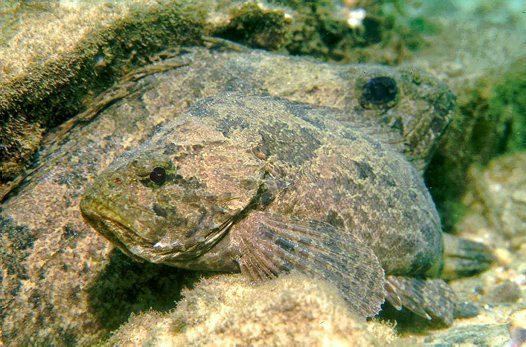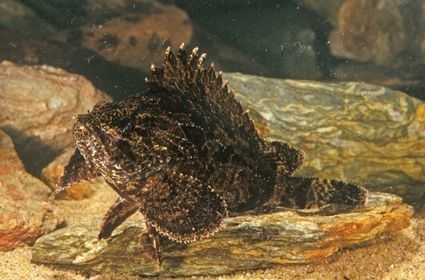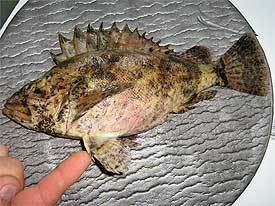Infraphylum Gnathostomata Family Tetrarogidae Phylum Chordata Rank Species Subclass Neopterygii | Subphylum Vertebrata Superclass Osteichthyes Scientific name Notesthes robusta Higher classification Notesthes | |
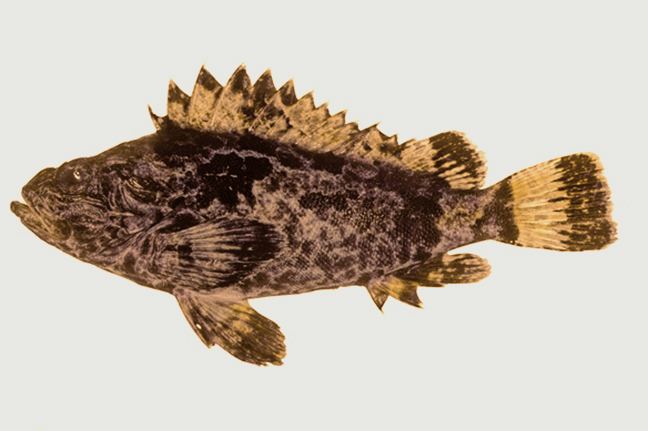 | ||
Genus NotesthesJ. D. Ogilby, 1903 Similar Tetrarogidae, Myoxocephalus scorpius, Stonefishes, Sculpin, Scorpaeniformes | ||
Ipswich creek adventure bass and bullrout on dragon kayak
The bullrout (Notesthes robusta) also commonly called freshwater stonefish or kroki, is a pale yellowish to dark-brown coloured fish that lives in tidal estuaries and slow-flowing streams in eastern Australia, from Southern New South Wales to northern Queensland, Australia. It has on a very infrequent occurrence been caught at sea. Its spines are venomous. It is the only member of the genus Notesthes.
Contents
- Ipswich creek adventure bass and bullrout on dragon kayak
- Grafton bullrout fish feeding time
- Description
- Danger to humans and first aid
- References
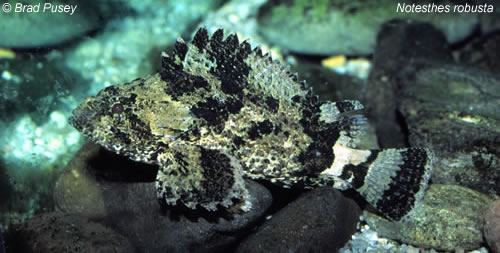
Grafton bullrout fish feeding time
Description
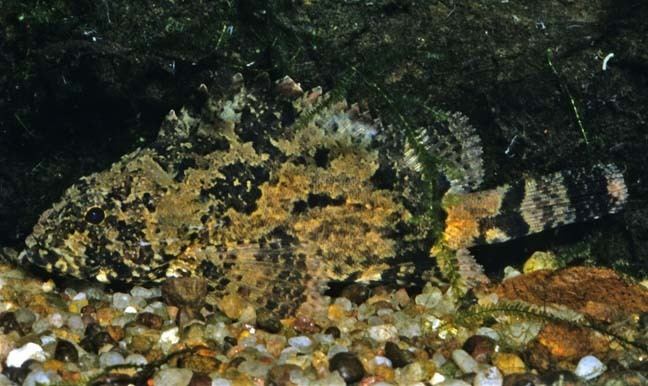
The bullrout has a large head, and seven spines on the operculum. It has a big mouth with a protruding lower jaw. The spinous dorsal fin is slightly concave posteriorly and the last soft dorsal ray is attached by a membrane to the caudal peduncle. The body is covered with small scales, but the head is scaleless. Its colouration is variable from pale yellowish to dark brown, with blotches and marbling of dark brown, red-brown, grey, or black. These markings sometimes form broad, irregular bands. Bullrout may grow up to 30 cm in size, but are more commonly found at the 20-cm size.
Danger to humans and first aid
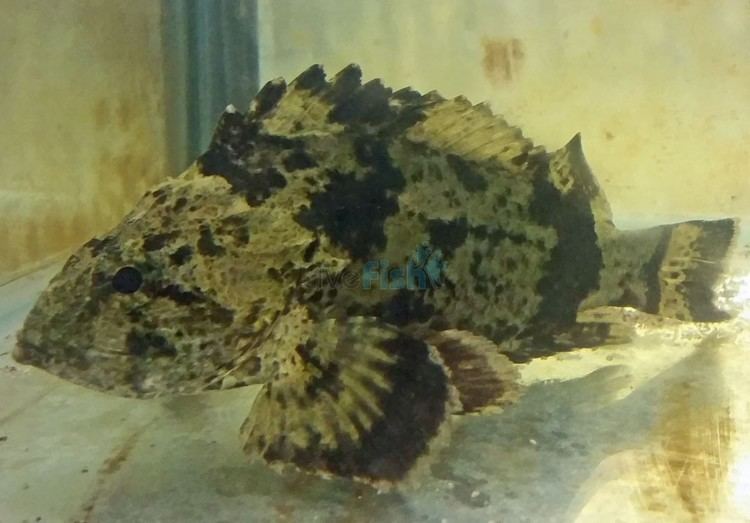
The dorsal, anal, and pelvic spines on a bullrout have venom glands on them, and should be handled with extreme care . A puncture wound from one of these spines can be excruciatingly painful. For immediate relief of pain associated with the sting of a bullrout, immerse the affected area in hot water.
